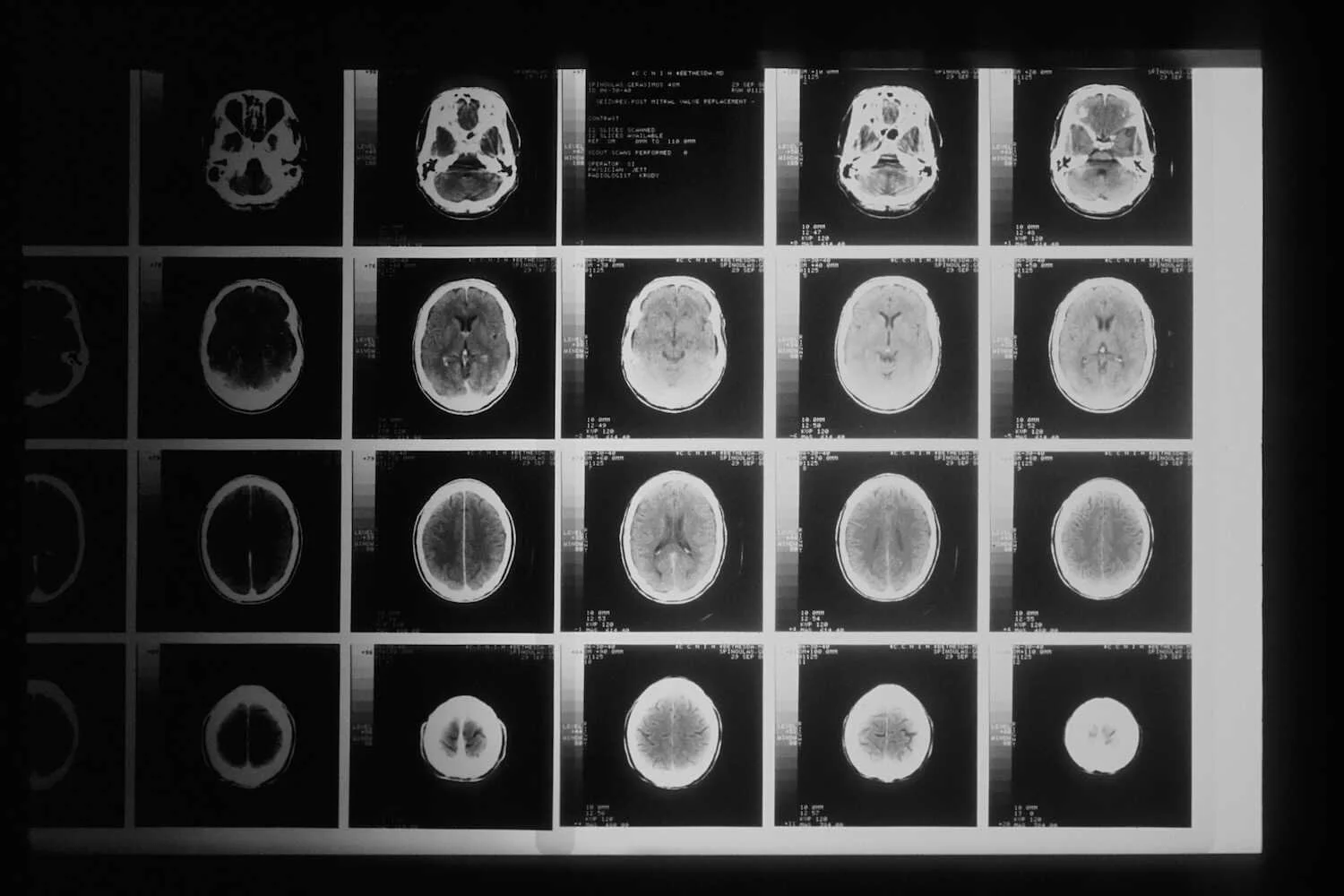Diagnosis and Staging of Brain Tumors: A Comprehensive Guide
Diagnosing and staging brain tumors is a complex and critical process that involves a variety of medical techniques and assessments. Brain tumors can vary in type and malignancy, making accurate diagnosis and staging essential for developing an appropriate treatment plan. This article provides a comprehensive guide to understanding how brain tumors are diagnosed and staged.
Diagnosis
Medical History and Physical Examination
The diagnostic process often begins with a detailed medical history review. A healthcare provider will ask about the patient's symptoms, risk factors, and any family history of brain tumors. This is followed by a physical examination to assess neurological function.
Imaging Studies
Magnetic Resonance Imaging (MRI)
MRI is a primary tool for diagnosing brain tumors. It provides detailed images of the brain, helping identify the tumor's location, size, and characteristics.
Computed Tomography (CT) Scan: CT scans may be used to detect and locate brain tumors, especially in emergencies when a rapid assessment is needed.
Biopsy: A biopsy is often necessary to determine the tumor's type and malignancy. A tumor sample is removed and examined under a microscope during this procedure. This provides critical information for developing a treatment plan.
Blood Tests: Blood tests may help identify specific tumor markers or assess the patient's health.
Cerebrospinal Fluid Examination: A lumbar puncture is sometimes performed to examine cerebrospinal fluid for tumor cells or other abnormalities.
Electroencephalogram (EEG): EEG measures electrical activity in the brain and may be used to evaluate the effects of the tumor on brain function.
Staging
Once a brain tumor is diagnosed, it is essential to determine its stage. Staging provides critical information about the extent of the tumor and its potential spread within the brain.
TNM Staging: Brain tumors are not typically staged using the TNM system (Tumor, Node, Metastasis) commonly used for other types of cancer. Instead, they are classified based on the tumor's size, location, and the patient's neurological and overall health.
Grade: Brain tumors are graded on a scale from I to IV based on spite. This grading system helps determine the tumor's aggressiveness.
Grade I: Low-grade tumors that are typically slow-growing and less aggressive.
Grade II: These tumors are considered intermediate-grade, with a moderate level of malignancy.
Grade III: High-grade tumors that grow more rapidly and are more aggressive.
Grade IV: Glioblastoma multiforme, the most aggressive type of brain tumor, falls into this category.
Staging of Specific Brain Tumor Types: Different types of brain tumors may have specific staging systems based on their unique characteristics.
Importance of Diagnosis and Staging
Accurate diagnosis and staging of brain tumors are crucial for several reasons:
Treatment Planning: The information obtained through diagnosis and staging guides the development of a personalized treatment plan.
Prognosis: Staging and grading help predict the likely outcome and course of the disease.
Clinical Trials: Staging assists in identifying appropriate clinical trials for patients with brain tumors.
Treatment Options
Treatment options for brain tumors vary depending on factors such as the tumor's type, grade, location, and the patient's overall health. Common treatment modalities include surgery, radiation therapy, chemotherapy, targeted therapies, and immunotherapies. The goal of treatment is to remove or control the tumor while preserving healthy brain tissue and neurological function.
Conclusion
Diagnosing and staging brain tumors is a complex and multidisciplinary process that involves various medical professionals, imaging studies, and assessments. Accurate diagnosis and staging are essential for developing effective treatment plans and predicting the course of the disease.
Patients diagnosed with brain tumors should work closely with their healthcare providers to ensure the best possible outcome and quality of life. The advancements in diagnostic tools and treatment options offer hope for improved outcomes and a better understanding of these challenging medical conditions.



